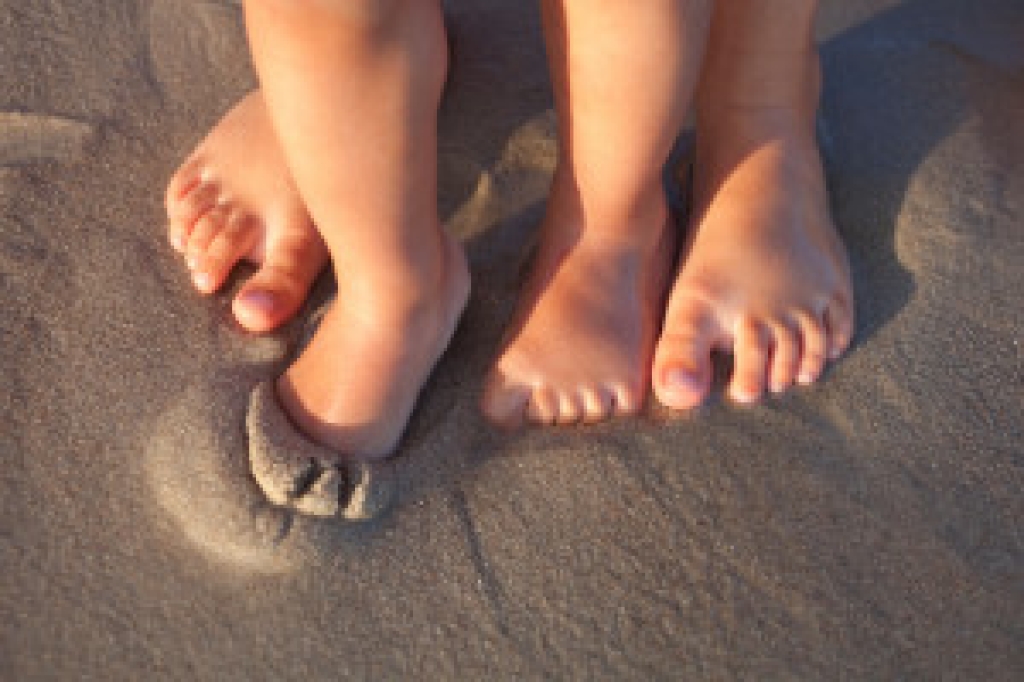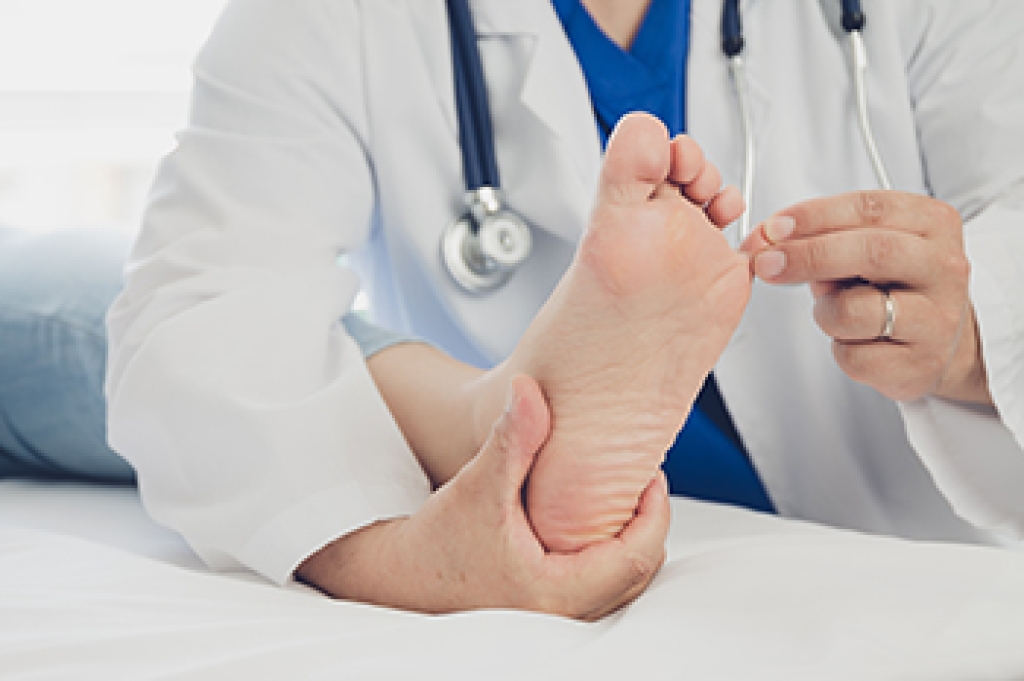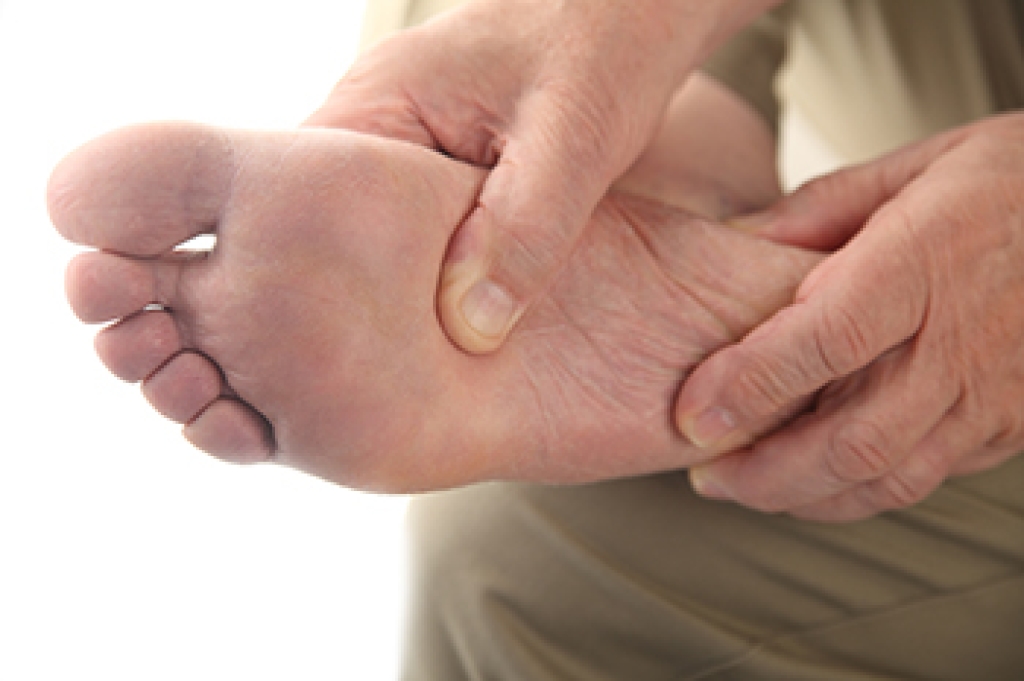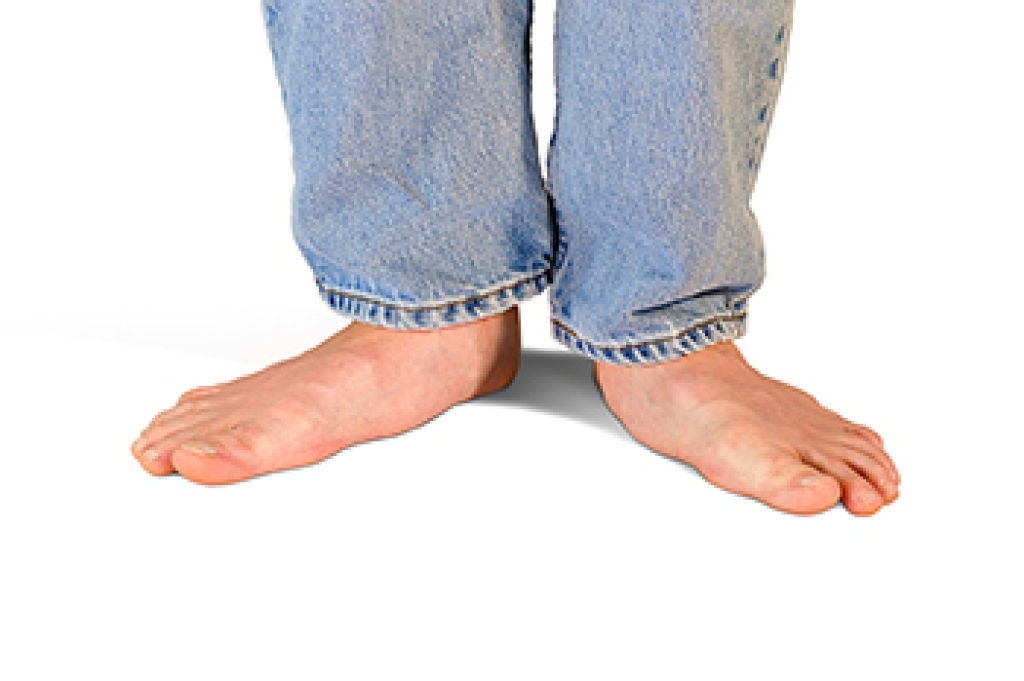
Children's feet are fascinating and play a pivotal role in their growth and development. Babies are born with a soft, flexible structure in their feet known as cartilage. This gradually transforms into bones as they grow. Flat feet are a common occurrence in early childhood, and the arches generally develop in the teenage years. Children have 26 bones in each foot, with most of these bones not fully formed until their late teenage years. Surprisingly, children’s feet can grow up to two sizes in a year, which is why frequent shoe fittings are essential. Watching children walk on their tiptoes is quite normal, as it's a natural part of their gait development. Learning about these fun facts can deepen our understanding of the intricate journey of children's feet as they take their first joyful steps into the world. If you would like more information about the development of children’s feet, it is suggested that you contact a podiatrist who can provide you with the knowledge you are seeking.
The health of a child’s feet is vital to their overall well-being. If you have any questions regarding foot health, contact Scott Samera, DPM of Samera / Foot + Ankle. Our doctor can provide the care you need to keep you pain-free and on your feet.
Tips for Keeping Children's Feet Healthy
- Make sure their shoes fit properly
- Look for any signs of in-toeing or out-toeing
- Check to see if they have Clubfoot (condition that affects your child’s foot and ankle, twisting the heel and toes inward) which is one of the most common nonmajor birth defects.
- Lightly cover your baby’s feet (Tight covers may keep your baby from moving their feet freely, and could prevent normal development)
- Allow your toddler to go shoeless (Shoes can be restricting for a young child’s foot)
- Cut toenails straight across to avoid ingrown toenails
- Keep your child’s foot clean and dry
- Cover cuts and scrapes. Wash any scratches with soap and water and cover them with a bandage until they’ve healed.
If you have any questions, please feel free to contact our office located in Lake City and Branford, FL . We offer the newest diagnostic and treatment technologies for all your foot care needs.








